Legend
Most legends agree with the story that Prasurama retired from the active life of the northern plains and withdrew to the western coast to encourage and help the habitation of, presumably the Aryan tribes along that region. Scholars speculate about whether the name Parasbu has anything to do with Persia and whether Parashurama was in fact the leader of several tribes that emigrated from Persia for one cause or another and settled on the western coast, like the Parsees who followed a similar course several centuries later, but unlike the latter adopting totally and fully the religious and social system of their adopted land. Still others maintain that he led his followers from the northern plains of India itself to settle in this region. However, all these are conjectures and would remain so as long as our knowledge of the successive- migrations in this continent remains as fragmentary as it is today. One thing is certain that the Parashurama legend has preserved, albeit in a distorted manner, the memories of a great tribal feud and a resultant resettlement and rehabilitation of one tribe, and that this had something to do with the western coast of the peninsula. This special relation between the Konkan area and Malabar coastline is a common cultural and legendary heritage of the present day inhabitants of that land. Right from the northern most point of the stripe, Broach, to the southern most points-Kerala and Kanya Kumari, people everywhere revere and worship this pioneer. In the Malabar even a Ishaka known after Parashurama is still in use. Temples for him are erected at various places. In the region known as Konkan which is a part of Maharashtra, the most important or perhaps the only shrine dedicated to him is at- Pedhe near Chiplun in the Ratnagiri district.
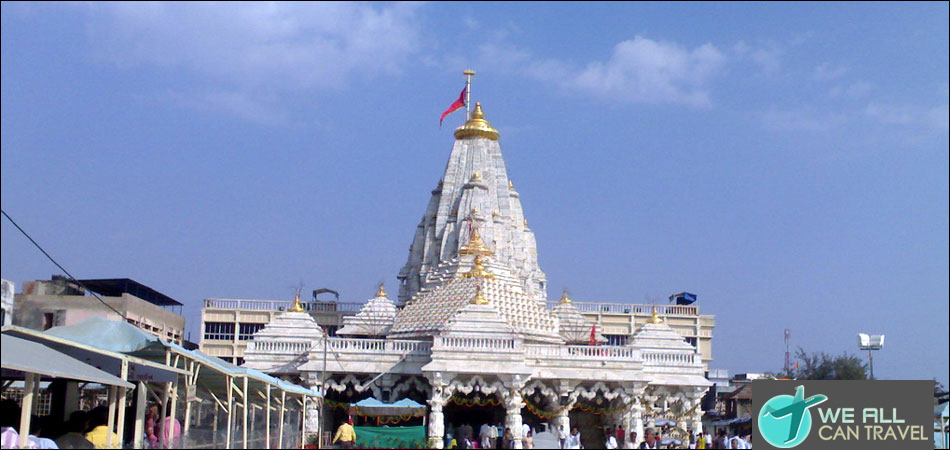 >> Ambaji Temple
>> Ambaji Temple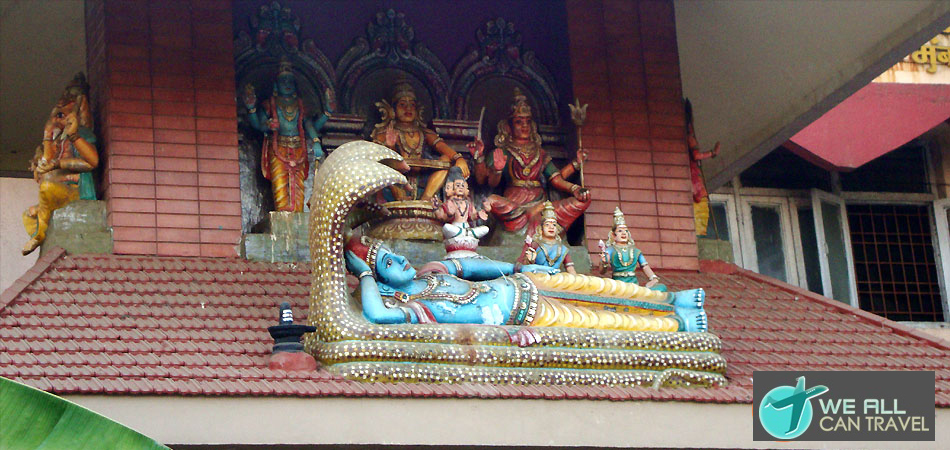 >> Ayyappa Seva Samgham
>> Ayyappa Seva Samgham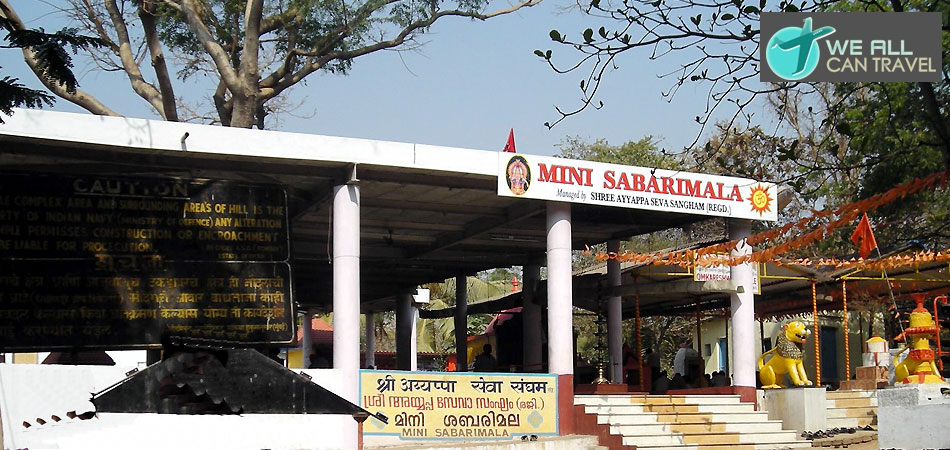 >> Mini Sabarimala Ayyappa Temple
>> Mini Sabarimala Ayyappa Temple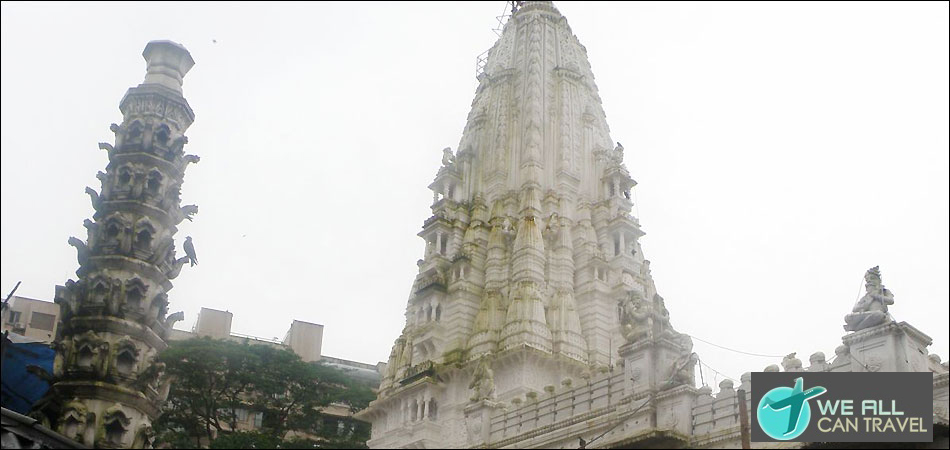 >> Babulnath Temple
>> Babulnath Temple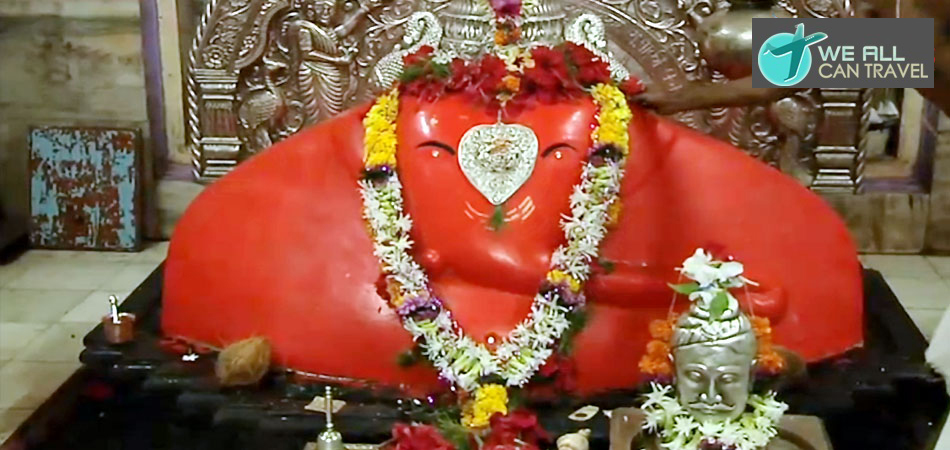 >> Ballaleshwar Ashtavinayak Temple
>> Ballaleshwar Ashtavinayak Temple